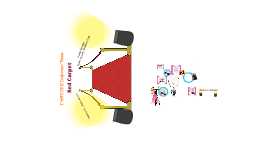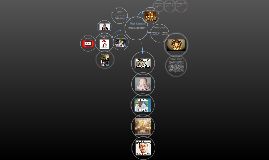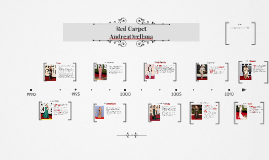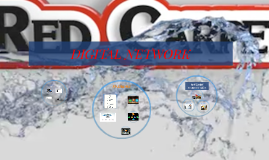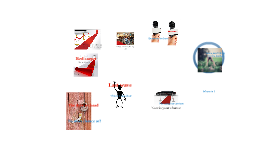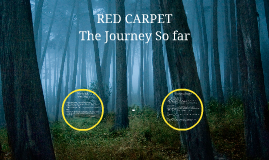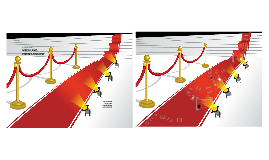Red Carpet
Transcript: Licensing Royalties Revenue Recognition Capitalization and Amortization Digital Rights Management - Mechanisms that attempt to deter piracy by limiting access to only those who have paid for rights to use the product Most large entertainment companies use some form of DRM Big controversy about DRM is that instead of deterring piracy it inhibits legal users instead Most video game DRM efforts are cracked by hackers within hours of release; if someone really wants illegal access it isn’t very difficult to find Some of the more invasive DRM requires constant online connection, limits number of activations, or uses other methods like watermarks on photos and proprietary file types for music and movies Helped Electronic Arts to being voted the worst company in America in the Consumerist Copyright Violation Lawsuits MEDIA AND ENTERTAINMENT Interesting Facts on Industry Segments Amortization Publishing Companies Periodicals typically retain copyrights from hired writers or hire freelancers who are paid on a per-article basis. Book publishers often enter into contract with authors, who often get 8-10% of royalties Copyright Violation Lawsuits Adverse change in expected performance of a film prior to release Actual Costs in excess of budgeted Long delays in completion or release schedules Actual performance subsequent to release failing to meet expectations Amortization Effect of Piracy on the Industry Accounting for the Rich and Famous Accounting Issues in Film Making Copyrighting and Piracy Ethics Accounting Issues in Video Gaming Questions Exploitation Costs Film Costs Revenue Recognition Participation Costs Forecasted 500 billion dollars growth between now and 2016 Digital is the “new normal” Expected higher growth in: Internet Advertising Internet Access Music TV Advertising TV Subscriptions Growing differences and appreciation for “live entertainment” Effect of Piracy on the Industry Effect of Piracy on the Industry A Simple Example ASC 985-20 How Companies Obtain Copyrights IMAX Piracy Defined by Webster’s: the unauthorized use of another's production, invention, or conception especially in infringement of a copyright. Primarily affects film, music, and video game industries One argument blames piracy for billions in losses, while other sources suggest that it creates higher exposure and therefore higher sales. Extremely difficult to prove cause and correlation Industry Overview Technological feasibility is established when the entity has completed all planning, designing, coding, and testing activities that are necessary to establish that the product can be produced to meet its design specifications. At a minimum, complete A or B A) If the process of creating the computer software product includes a detail program design, all of the following: 1. The product design and the detail program design have been completed, and the entity has established that the necessary skills, hardware, and software technology are available to the entity to produce the product. 2. The completeness of the detail program design and its consistency with the product design have been confirmed by documenting and tracing the detail program design to product specifications. 3. The detail program design has been reviewed for high-risk development issues (for example, novel, unique, unproven functions and features or technological innovations), and any uncertainties related to identified high-risk development issues have been resolved through coding and testing. B) If the process of creating the computer software product does not include a detail program design with the features identified in (a), both of the following: 1. A product design and a working model of the software product have been completed. 2. The completeness of the working model and its consistency with the product design have been confirmed by testing. Industry Presentation: 1. Develop or license an engine 2. Hire a writer to develop an overall storyline or concept 3. Develop level ideas 4. Hire art team to create assets 5. Hire coding team to optimize the engine 6. Create a proof of a concept level to show company/publisher for approval 7. Build a prototype level to illustrate basic feel & look of the game 8. Work on coding the remaining levels 9. Begin alpha phase – no new code, only repairs to bugged code 10. Enter beta phase – Game is almost complete, just fixing remaining bugs. Can be “open” or “closed” but both usually include focus testers 11. Submit the game to publisher and platform companies (Microsoft for Xbox and/or Sony for PlayStation, etc.) to get clearance on all the technical aspects each company has for games on their platform 12. “Go gold” meaning the game is complete and can be sent to labs for duplication and then retail stores There’s no business like accounting for show business Firms that specialize in the entertainment industry and provide accounting and financial services to athletes and entertainers Hard to find “Top Secret” Clients who are used






